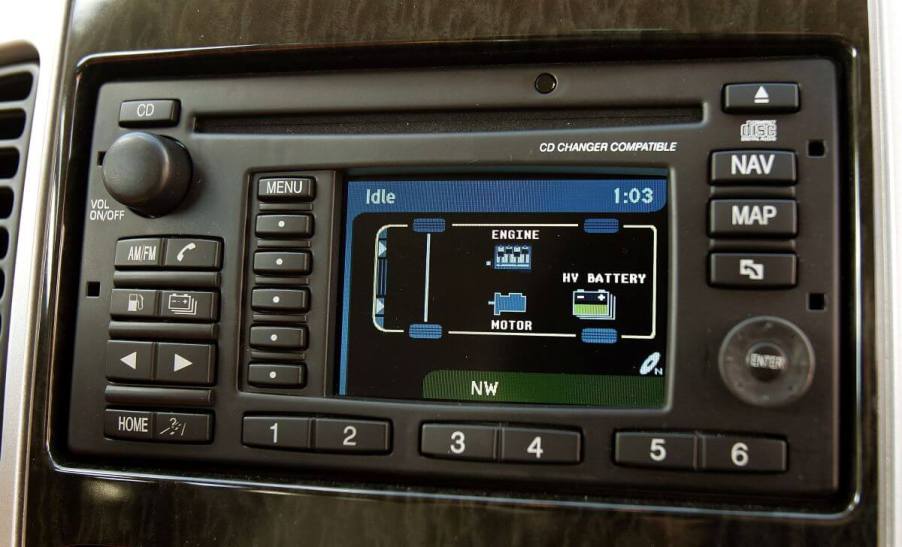
3 Possible Reasons Your Four-Wheel Drive (4WD) Light Is Flashing
All vehicles have warning lights to alert drivers of potential problems with the engine, transmission, tire pressure, or other parts of the car. For off-road vehicles with 4×4 capabilities, there’s an indicator light to alert drivers that the 4WD mode is activated. When a driver shifts into the 4WD mode, the indicator light will begin to flash. Once the operation is complete and the vehicle becomes engaged, the light should remain solid. If it continues flashing, there could be a wiring issue or problem with the electrical components.
A four-wheel drive light flashing may not indicate a severe problem, so don’t panic. Check the owner’s manual for potential issues, and if necessary, make an appointment with a reputable mechanic to see what’s going on with the vehicle. Still, never ignore a 4WD light flashing, as it can lead to potential damage to the all-wheel drive system. Here are three possible issues that can lead to a 4WD light flashing.
1. Overheated transfer case
The drivetrain of a four-wheel drive vehicle comes equipped with a differential on each axle and a transfer case, which splits the power from the transmission to the front and rear axles.
In light-duty vehicles, such as crossovers and SUVs, the transfer case can overheat when traversing off-road driving conditions such as heavy snow, rock crawling, or deep mud.
According to NAPA, “If you find yourself spinning your wheels with no forward motion or stuck to the point where you can’t move, continuing to hit the gas can generate significant heat inside your vehicle’s transfer case.”
When a transfer case overheats, the 4WD light may begin to flash, warning the driver the vehicle may not be able to operate per the automaker’s specifications until the system can cool down. Since replacing a transfer case can be expensive, never ignore a four-wheel drive light flashing. Instead, let the vehicle cool down before attempting to go back off-road. If the problem persists, seek the assistance of a certified mechanic to avoid costly repairs.
2. Sensor failure

An intricate network of switches and sensors helps a four-wheel-drive system operate efficiently, controlling everything from transmission speed to throttle position.
When a sensor no longer transmits data, the 4WD light can start flashing, indicating sensor failure. While some switches or sensors can be related to issues inside the transfer case, sometimes it can be an easy fix. A certified mechanic can quickly diagnose the problem and get you back on (or off) the road.
3. Incomplete gear shift
An incomplete gear shift can also trigger the four-wheel drive warning light, occurring when a driver changes from two-wheel drive to four-wheel drive while the car is in motion. According to BlogProAutomotive, “This can cause a great deal of damage, sending the four-wheel drive system into a frenzy, giving a service message leading to the flashing light of the four-wheel drive system.”
Switching to 4WD mode before driving is imperative to avoid unnecessary damage. That will allow the vehicle to get into the proper gear, leading to a smoother transition and eliminating damage to the four-wheel-drive system.
A flashing 4WD light can also mean the system is performing as intended, especially in vehicles that only go into four-wheel drive mode when the terrain demands better traction. This signal warning is merely to alert the driver that the 4WD system has become activated, and there is no need for alarm.
While a four-wheel drive light flashing can be frustrating, don’t panic. Instead, check your owner’s manual for possible issues and consider the problems listed above for potential areas of concern. If the problem persists, check with a certified mechanic who can diagnose the cause and stop the 4WD light flashing.


